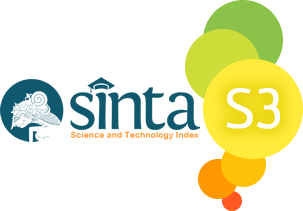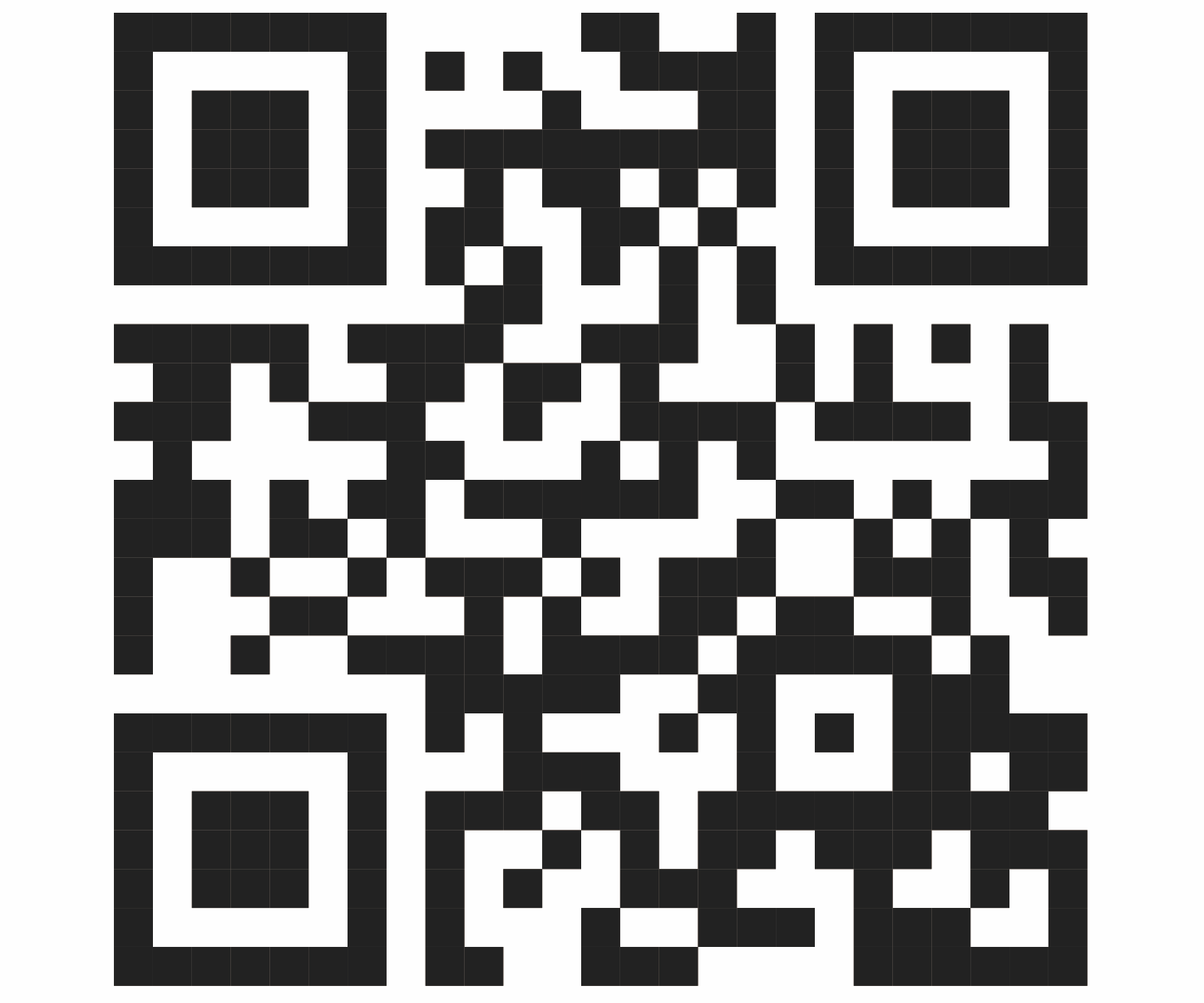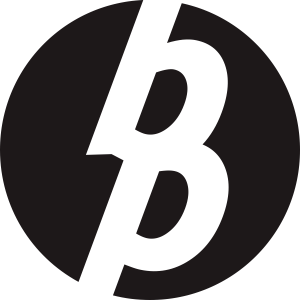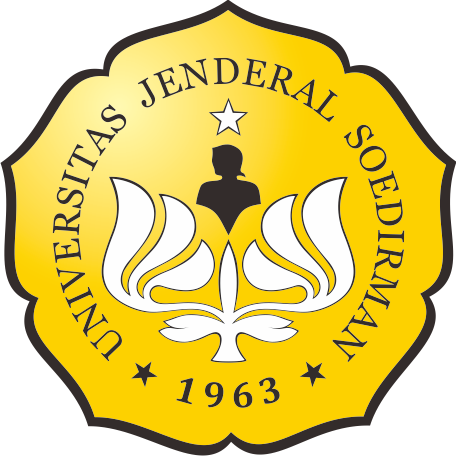PENGARUH EKSTRAK JAHE MERAH (Zingiber officinale) DAN MADU TERHADAP KADAR KOLESTEROL TOTAL TIKUS MODEL DIABETES MELITUS
Abstract
Diabetes mellitus (DM) is a disease characterized by elevated blood glucose levels (hyperglycemia) caused by deficiency of insulin, and insulin resistance or both. This chronic disease prevalence is increasing nationally and globally. This study aimed to determine the effect of ginger extract and honey various doses on levels of total cholesterol in the Wistar diabetic rat model induced by alloxan. This research is true experimental post-test only with control group design. Subject of the study 30 male Wistar rats weight 150-200 grams, divided into 6 groups: A) healthy controls (K1), B) DM control (K2), C) Treatment with red ginger extract 1000 mg / kg and honey 1 ml / kg (K3), D) Treatment with ginger extract red 1000 mg / kg and honey 2 ml / kg (K4), E) Treatment with red ginger extract 500 mg / kg and honey 1 ml / kg (K5), F) Treatment with red ginger extract 500 mg / kg and honey 2 ml / kg (K6). DM induction by alloxan 160 mg / kg intraperitoneally for 5 days, and the provision of treatment for 14 days. Total cholesterol levels were measured by CHOD-PAP method. Results: The mean total cholesterol levels of healthy control group vs the diabetic control 58.20 ± 8.76 vs. 87.80 ± 5.81 mg / dL. Based on one way ANOVA test, red ginger extract and honey various doses significantly lower total cholesterol level (p <0.05). The mean total cholesterol levels between the group K3 to K4 was not statistically different, as well as K5 with K6. However, mean total cholesterol levels at K3 and K4 differ significantly from the K5 and K6. Conclusion: Combination of red ginger extract and honey can lower total cholesterol levels in diabetic rat model induced by alloxan.
Keywords
References
American Diabetes Association. 2013. Diagnosis and classification of diabetes mellitus. Diabetes Care. 36(1): 64-71. https://doi.org/10.2337/dc13-s067
Ananthi J, Prakasam A, Pugalendi V. 2003. Antihyperglycemic activity of Eclipta alba leaf on alloxan induced diabetic rats. Yale Journal of Biology and Medicine, 76: 97-102.
Bertoni AG, Hundley WG, Massing MW, Bonds DE, Burke GL, Goff DC. 2004. Heart failure prevalence, incidence, and mortality in elderly with diabetes. Diabetes care. 27: 699-703. https://doi.org/10.2337/diacare.27.3.699
Cazarolli LH, Zanatta L, Alberton EH, Fiqueiredo MS, Folador P, and Damazio RG. 2008. Flavonoid: Cellular and Molecular Mechanism of Action in Glucose Homeostasis. Mini Rev Med Chem. 8(10):1032-8. https://doi.org/10.2174/138955708785740580
Chakraborty A, Mukherjee, Sikdar S, Paul A, dan Ghosh S. 2012. [6]-Gingerol Isolated From Ginger Attenuates Sodium Arsenite Induced Oxidative Stress and Plays a Corrective Role in Improving Insulin Signaling in Mice. Toxicology Letters. 210(1): 34–43.
Djafar F, Supardan MD, Gani A. 2010. Pengaruh Ukuran Partikel, SF rasio dan Waktu Proses terhadap Rendemen pada Hidrodistilasi Minyak Jahe. Jurnal hasil Penelitian Industri. 2010. 23(2): 47-54.
Erejuwa OO. 2014. Effect of honey in diabetes mellitus: matters arising. Journal of Diabetes & Metabolic Disorder. 13(1):23. https://doi.org/10.1186/2251-6581-13-23
Guyton AC, Hall JE. 2006. Insulin, glucagon and diabetes mellitus In: Textbook of medical physiology. 11th ed. Elsevier Saunders, Philadelphia.; pp. 961-77.
International Diabetes Federation. 2013. The Global Burden Diabetes and impaired glucose tolerance (IGT). Diabetes Atlas 5th Edition.
Kemenkes RI. 2013. Tahun 2030 prevalensi diabetes mellitus di Indonesia mencapai 21,3 juta. Kementrian Kesehatan RI, Jakarta. Available in URL: www.depkes.go.id.
Kanakasabapathi D, Gopalakrishnan VK. 2015. Evaluation of Antidiabetic Potential of Aqueous Extract of Passiflora edulis Sims on Alloxan Induced Diabetes Mellitus in Wistar Albino Rats. Int. J. Pharm. Sci. Rev. Res. 34(1):171-177.
Li Y, Tran VH, Duke CC, dan Roufogalis BD. 2012. Preventive and Protective Properties of Zingiber officinale (Ginger) in Diabetes Mellitus, Diabetic Complications, and Associated Lipid and Other Metabolic Disorders: A Brief Review. Evidence-based complementary and alternative medicine: eCAM. Page 1-10.
Nazir L, Samad F, Haroon W, Kidwai SS, Siddiqi S, dan Zehrafi M. 2014. Comparison of glycaemic response to honey and glucose in type 2 diabetes. J Pak Med Assoc. 64(1):69–71.
Nurliyani, Harmayani E, Sunarti. 2015. Antidiabetic potential of Kefir Combination from Goat Milk and Soy Milk in Rats Induced with Streptozotocin-Nicotinamide. Korean J. Food Sci. An. 35 (6): 847-858. https://doi.org/10.5851/kosfa.2015.35.6.847
Priya RM, Padmakumari KP, Sankarikutty B, Lijo CO, Nisha VM, dan Raghu KG. 2011. Inhibitory potential of ginger extracts against enzymes linked to type 2 diabetes, inflammation and induced oxidative stress. International Journal of Food Sciences and Nutrition. 62(2): 106–110. https://doi.org/10.3109/09637486.2010.515565
Wicaksono AP. 2015. Pengaruh Pemberian Ekstrak Jahe Merah (Zingiber officinale) Terhadap Kadar Glukosa Darah Puasa dan Postprandial pada Tikus Diabetes. Majority. 4(7): 97-101.
Zafar, M. and Naqvi, S. N. H. 2010. Effects of STZ-induced diabetes on the relative weights of kidney, liver and pancreasin Albino rats: A comparative study. Int. J. Morphol. 28, 135-142. https://doi.org/10.4067/S0717-95022010000100019
Zhao R, Li Q, Long L, Li J, Yang R, dan Gao D. 2007. Anti DM tipe 2 activity of flavone from Ipomoea batatasleaf in non insulin dependent DM tipe 2 rats. Int J Food Sci Tech. 42(1): 80-5. https://doi.org/10.1111/j.1365-2621.2006.01215.x
Article Reads
Total: 20238 Abstract: 4288 HTML: 5314 PDF: 10636Refbacks
- There are currently no refbacks.

This work is licensed under a Creative Commons Attribution-ShareAlike 4.0 International License.
This website is maintained by:
Bio Publisher
The Faculty of Biology Publishing
Faculty of Biology
Universitas Jenderal Soedirman
Jalan dr. Suparno 63 Grendeng
Purwokerto 53122
Telephone: +62-281-625865
Email: biologi@unsoed.ac.id
T his website uses:
OJS | Open Journal System
A free journal management and publishing system that has been developed by the PKP (Public Knowledge Project) version 2.4.8.0.
All article content metadata are registered to:
Crossref
An official nonprofit Registration Agency of the International Digital Object Identifier (DOI) Foundation.
Articles in this journal are indexed by:









